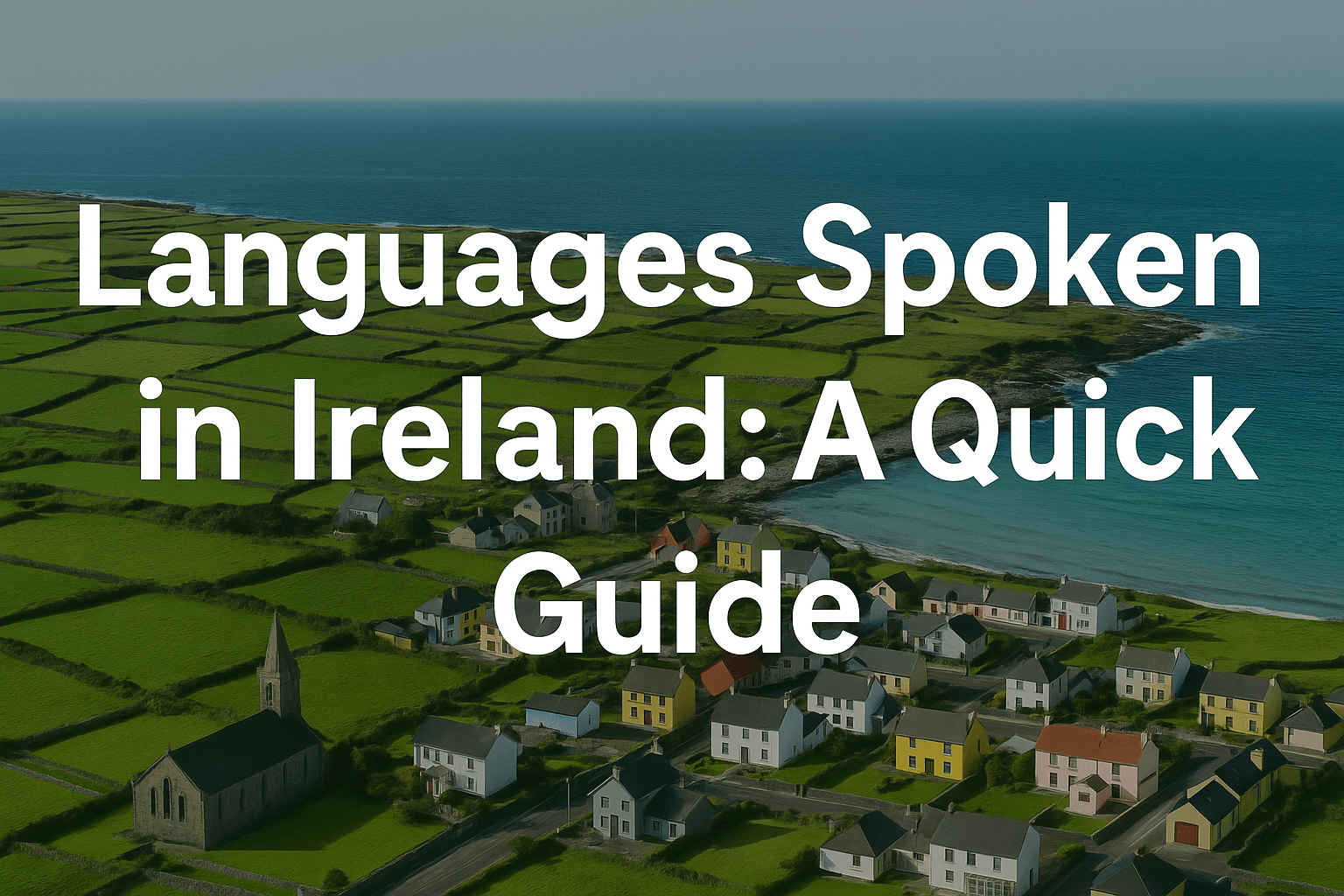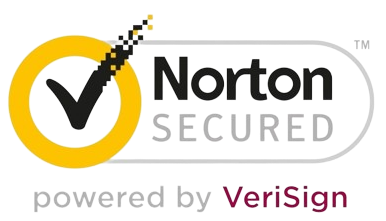When we look at the languages spoken in Ireland, we find a rich tapestry of speech—Irish (Gaeilge), English, regional dialects and minority languages all play a role. For anyone learning Irish or curious about language in Ireland, understanding which languages are spoken in Ireland gives valuable context. In this article we’ll explore the main languages spoken in Ireland, their status, and how they relate to learners of Gaeilge and Irish culture.
The Main Official Languages
Irish (Gaeilge)
Among the languages spoken in Ireland, Irish holds a special position—it is the first official language of the Republic of Ireland and is recognised throughout the island. en.wikipedia.org+3en.wikipedia.org+3coimisineir.ie+3
Some key points:
- Irish is a Celtic Goidelic language with deep roots in the island’s history. en.wikipedia.org+1
- In the Republic of Ireland, Irish is constitutionally the national and first official language; English is recognised as a second official language. Encyclopedia Britannica+1
- Although many people study Irish in schools, the number of daily first-language speakers is relatively small. en.wikipedia.org+1
English
English is the dominant language in most parts of Ireland and is one of the key languages spoken in Ireland today. Ireland.com+1
Important facts:
- English is the de facto primary language in everyday life—business, media, education—across much of Ireland. https://www.educations.com+1
- The variety of English spoken in Ireland is sometimes referred to as Hiberno-English. en.wikipedia.org
Minority & Regional Languages
Beyond the two main languages, there are other languages and dialects worth knowing when considering “languages spoken in Ireland”.
Ulster Scots (Ullans)
- In Northern Ireland, Ulster Scots (sometimes called Ullans) is recognised as a regional language and is part of the linguistic landscape. en.wikipedia.org+1
- It is spoken by a smaller group, and its role is more cultural and regional than national.
Traveller Cant: Shelta
- Among the languages spoken in Ireland is Shelta, a cant used by the Irish Traveller community. en.wikipedia.org
- While used by relatively few people, it contributes to the full picture of languages in Ireland.
Sign Languages & Other Speech Communities
- Irish Sign Language (ISL) is used by the deaf community in Ireland. It is part of the broader set of languages spoken in Ireland. en.wikipedia.org+1
- Additionally, with immigration and international movement, many other languages (Polish, Lithuanian, Chinese, etc.) are spoken in Ireland today—even if they are not national official languages. en.wikipedia.org
Why Knowing the Languages Spoken in Ireland Matters for Learners
If you’re studying Irish (Gaeilge) or simply interested in the culture, it helps to understand why so many languages are spoken in Ireland and how they interact.
Cultural and Social Awareness
- By knowing Irish is the first official language, you’ll appreciate why road signs, place names and official documents often appear in Irish and English.
- Recognising regional languages like Ulster Scots gives insight into local identity, particularly in Northern Ireland.
Better Learning Strategy
- When you learn Irish, acknowledging the dominance of English helps understand why many learners are working to use Irish actively, not just passively.
- Understanding that languages spoken in Ireland are many—and that Irish is one among them—helps you set realistic goals and see where you can practise in community or media.
Motivational Boost
- Knowing you’re part of a larger language ecosystem can inspire you to explore not just Irish, but its relationship with English, Scots, and minority languages.
- Learning Irish with awareness of this context adds depth—you’re not just memorising words, you’re connecting with the languages spoken in Ireland and their heritage.
How to Explore the Languages Further
Here are practical ways to deepen your understanding of the languages spoken in Ireland:
1. Explore Irish language media
- Look for radio, podcasts or TV programmes in Irish—especially from Gaeltacht regions where Irish is more commonly spoken.
- Use resources like our Learn Irish Online Free Guide to locate media and practice materials.
2. Study language status and history
- Dive into the history of the Irish language, how English became dominant, and the place of minority languages.
- You might find our Ancient Irish Language Guide helpful for the historical perspective of Irish among the languages spoken in Ireland.
3. Practise conversation in Irish
- Try lessons, conversation partners or apps that focus on Irish usage. For beginners, check our Irish Language Lessons for Beginners page.
- Ask questions like: “Which language do people speak at home in this area?” or “How often do you hear Irish in daily life?” to increase awareness of where Irish stands among languages spoken in Ireland.
4. Observe linguistic variation and context
- Recognise that in areas like the Gaeltacht, Irish may be stronger. In urban centres, English dominates.
- Consider how minority languages still contribute culturally, though less visible in daily public life.
- Reflect on how languages spoken in Ireland interact—how Irish influences English in Hiberno-English, or how bilingual signage shows dual-language usage.
Challenges & Opportunities When Learning Irish
Since Irish is one of the languages spoken in Ireland, learners might face both unique challenges and opportunities:
Challenges
- Limited daily use: Though Irish is official, English dominates many settings.
- Dialect variation: Different regions have different dialects of Irish, which can complicate learning.
- Minority language status: Some speech communities use smaller languages/dialects, so finding practise settings for Irish can require effort.
Opportunities
- Cultural richness: Learning Irish connects you with one of the primary languages spoken in Ireland, opening doors to tradition, literature and place-names.
- Deep context: Understanding that Irish is officially recognised gives your learning purpose—it’s not just an academic exercise.
- Diverse practise environments: You can engage in immersion in Gaeltacht areas, online courses, language meet-ups and bilingual signage to see the real-life usage of languages spoken in Ireland.
Quick Facts: Languages Spoken in Ireland
Here’s a handy summary:
- Irish (Gaeilge): First official language in the Republic, Celtic Goidelic origin.
- English: Broadly spoken and dominant across much of Ireland.
- Ulster Scots (Ullans): Regional language in parts of Northern Ireland.
- Shelta: Traveller Cant used by the Irish Traveller community.
- Irish Sign Language (ISL) and other minority languages: Contribute to the full linguistic landscape of Ireland.
- Immigrant languages: Polish, Lithuanian, Chinese and others feature due to recent migration and contribute to the diversity of languages spoken in Ireland.
Bringing It Back to Your Irish Learning Journey
If your goal is to learn Irish (Gaeilge) and engage with the languages spoken in Ireland, then this context adds real value. Here are some tips to integrate this knowledge:
✅ Set clear goals
Decide your aim: Do you want conversational Irish? To read Irish literature? To understand bilingual signage? Knowing your goal helps you see where Irish sits among languages spoken in Ireland.
✅ Use structured resources
Use lessons that recognise this linguistic context. For example, our Irish Pronouns Guide helps build grammar based on Irish being one of Ireland’s languages.
✅ Immerse where you can
Visit Gaeltacht areas or join online Irish-language communities. Seeing how Irish is used alongside English (and in relation to minority languages) reinforces its role as a living language among the languages spoken in Ireland.
✅ Appreciate the broader awareness
When you say a phrase in Irish, you’re engaging with one of the languages spoken in Ireland—not just learning words in isolation. That gives you motivation, connection and relevance.
Conclusion: A Rich Linguistic Landscape
The languages spoken in Ireland reflect centuries of history, migration, change and cultural resilience. English and Irish dominate public life, while regional, minority and migrant languages add depth to the story. For a learner of Irish (Gaeilge), recognising this landscape enriches your path—it’s not just about one language, but about how it sits among many.
By exploring how Irish interacts with English, regional dialects, minority languages and immigrant speech, you’ll deepen your understanding, practice more meaningfully and connect more fully with Ireland’s living language culture.
Your Irish-language journey begins with awareness—of the languages spoken in Ireland—and builds through practice, interaction and cultural engagement. Whether you’re studying grammar, practising phrases, or just exploring signage in Irish, you’re part of that rich tapestry.
So, embrace the context, dive into your lessons, and move forward with confidence knowing you’re learning one of the languages spoken in Ireland and helping keep it active and alive.
Go n-éirí le tú—may your journey in Irish, among the languages spoken in Ireland, be joyful, meaningful and rewarding.


